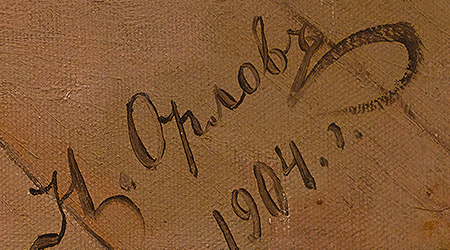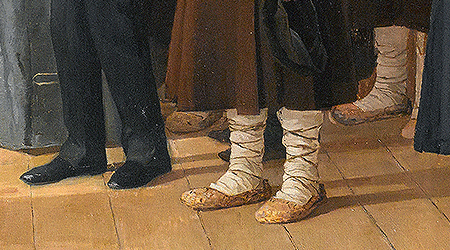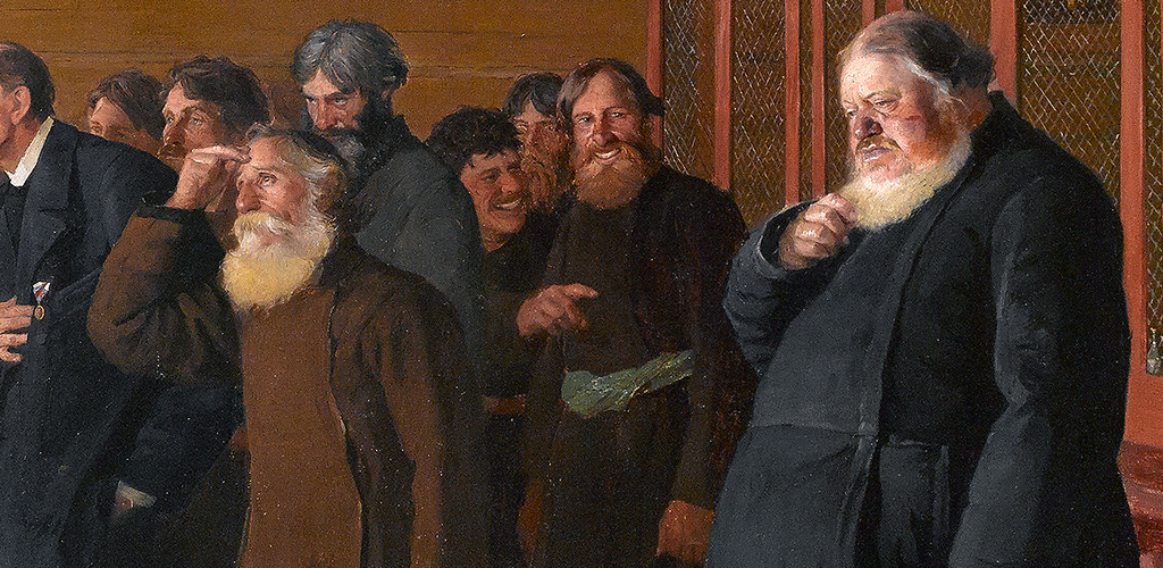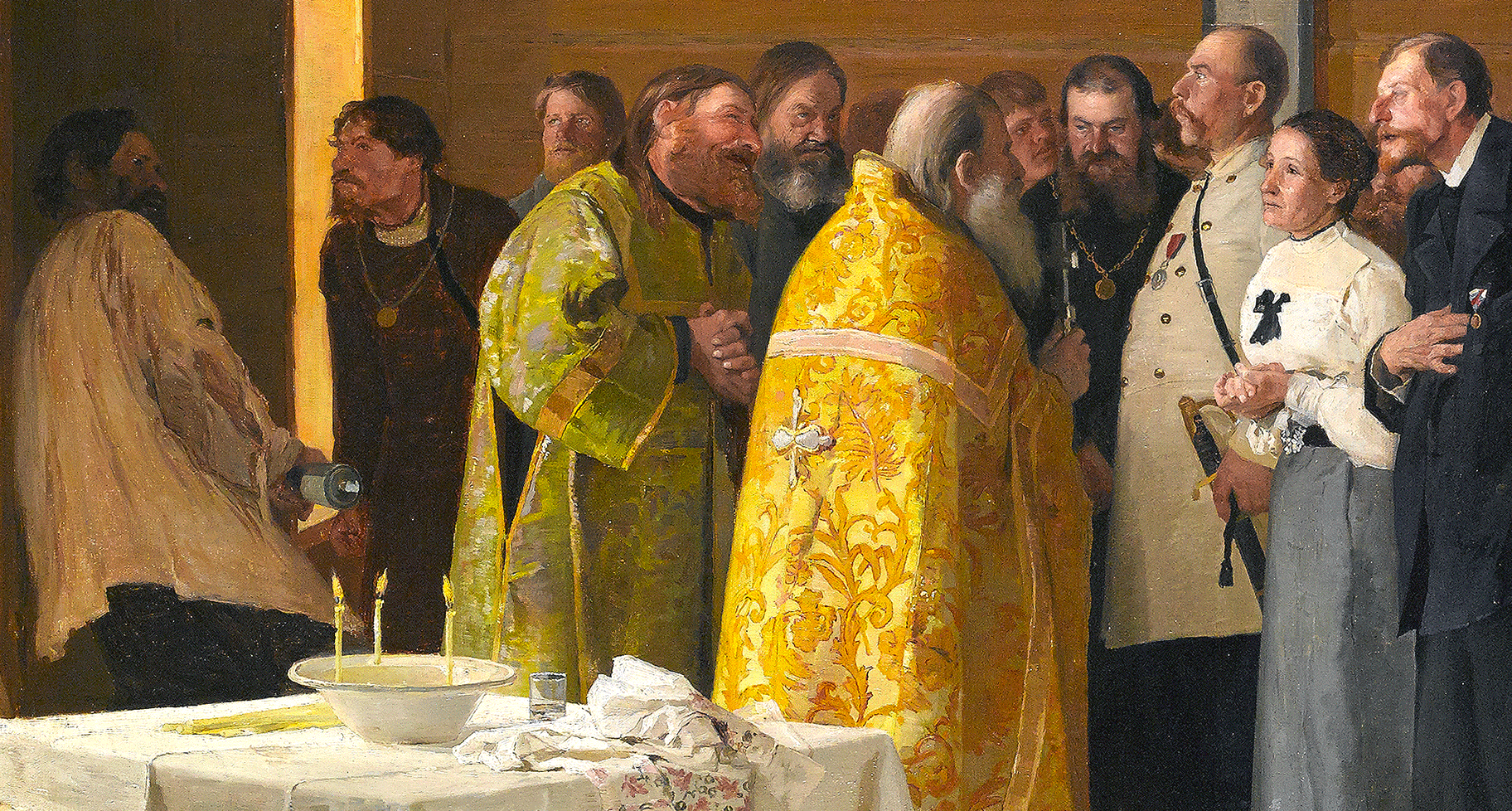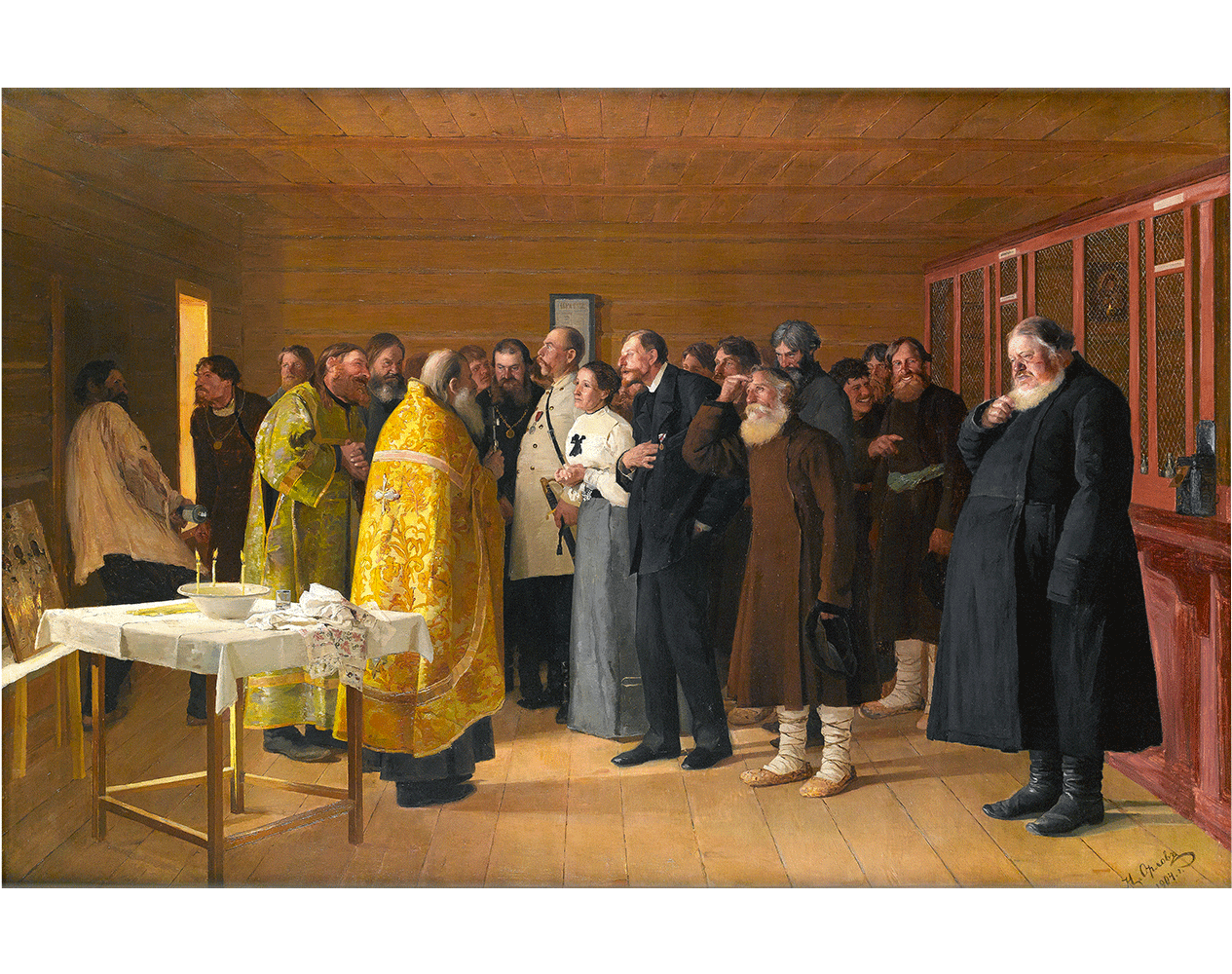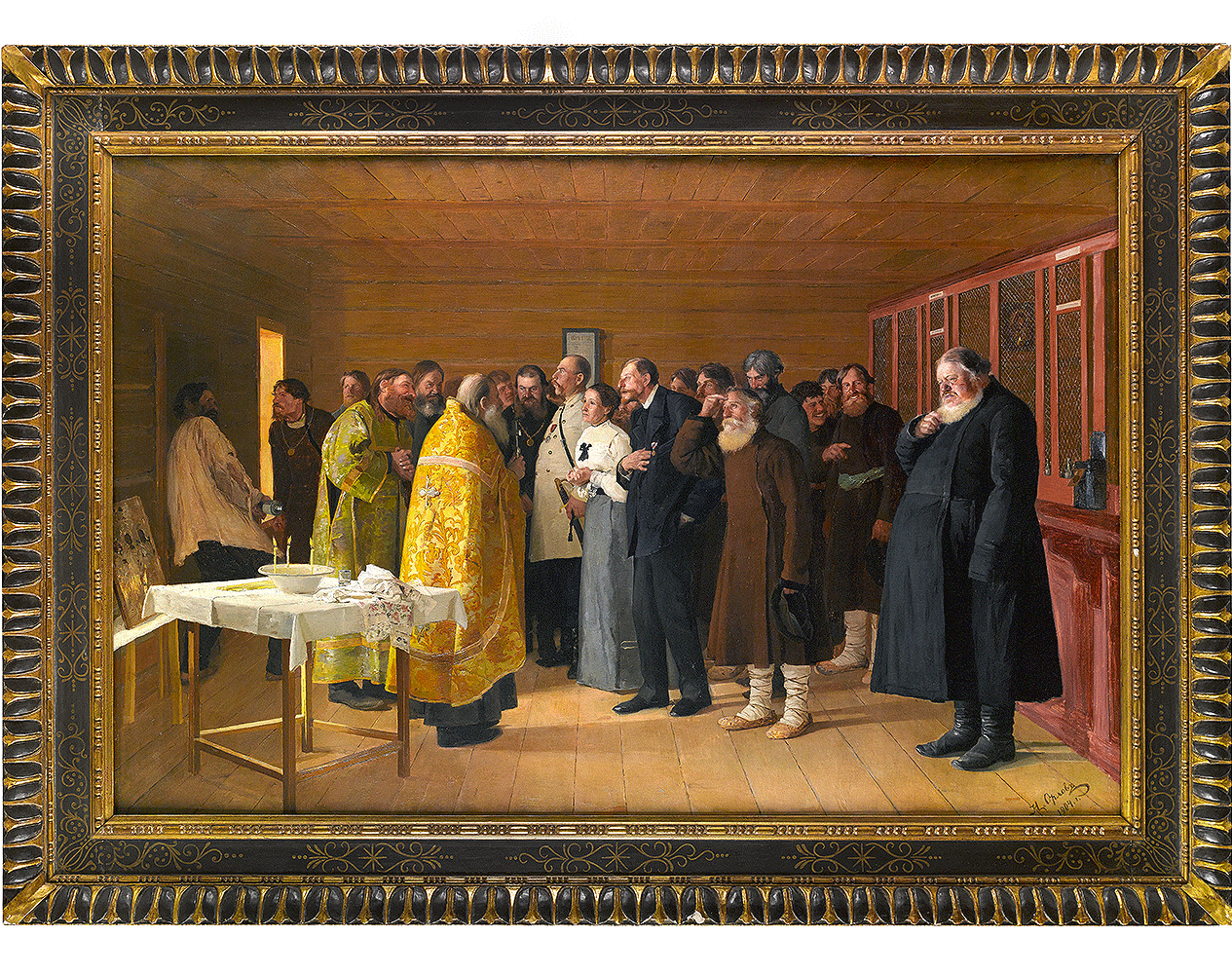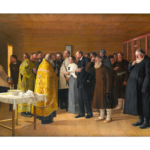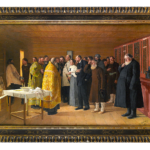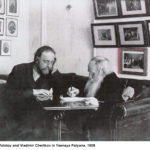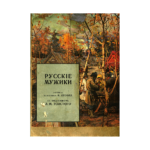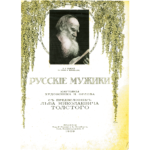Provenance
The artist’s collection
Frank C. Havens, Oakland, CA
George Lievre, San Francisco, CA (purchased from above in 1916)
Joseph B. Friedman (purchased from above in November 1928)
Private collection, USA
Exhibitions
32d Wanderer’s Exhibition, Moscow, 1904-1905, no. 248
Louisiana Purchase Exposition, St. Louis, Missouri, 1904
Literature
World’s Fair, Saint Louis, U.S.A., 1904: Russia Fine Arts, p. 9, No. 16
L.N. Tolstoy, Russkie muzhiki [Russian peasants], St.Petersburg., 1908, ill. VII, illustration
S. Safonov, Khudozhnik-peredvizhnik N.V. Orlov [Itinerant Artist Nikolai Orlov], Moscow, 1967, pp. 60-61, ill. 11
R.C. Williams, Russian Art and American Money, Cambridge, 1980, p. 53, ill.6, illustration
V. Korolyova-Orlova, Vospominaniya o N.V. Orlove: rasskaz docheri hudozhnika [Memoirs of N.V. Orlov: the story of the artist’s daughter] / Iskusstvo, 1982, no. 7, pp. 55-61
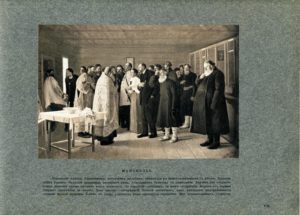
L.N. Tolstoy, Russkie muzhiki [Russian peasants], No. VII
Tolstoy first saw one of Orlov’s paintings in 1884 at the 22nd exhibition of the Society of Wandering Exhibitions in St.Petersburg. The work made a strong impression on the writer, who sought an introduction to the artist and thereafter became a committed follower of Orlov’s work. The two maintained an intensive correspondence, with Orlov sending photographs of his latest paintings to Yasnaya Polyana, Tolstoy’s famous country estate. Seven reproductions of paintings by Orlov hung in the writer’s office. Writing the introductory text to Russian Peasants (St.Petersburg, 1908), Tolstoy confessed that, ‘It is a wonderful thing to publish an album of Orlov’s paintings. Orlov is my favourite artist and is my favourite artist because the subject of his paintings is my favourite subject. This subject is the Russian people, the real Russian peasants.’
Nikolai Vasilyevich Orlov was born in 1863 to a poor peasant family in a small village near Tula. He was left an orphan at an early age. His initial artistic training Orlov obtained in an icon-painting workshop under the guidance of his uncle, the icon painter V.I. Boguslavsky. Later, he studied at the Moscow School of Painting, Sculpture, and Architecture under Vladimir Makovsky, and Illarion Pryanishnikov. He graduated from the School with a large silver medal and the title of the class artist. In 1892 he moved with his family to the village of Kuleshov in Kaluga province. He worked mainly as a genre painter depicting meager life of the Russian peasantry.
In 1893-1894, Orlov showed his works at exhibitions of the Moscow Society of Art Lovers. Since 1894 he became an exhibitor, and since 1896 – a member of the Society for Travelling Art Exhibitions or Peredvizhniki (Wanderers). In the 1900s, in addition to easel painting, Orlov painted icons and church interiors in Tambov, Tula, Kaluga and Orel provinces. After 1910 Orlov gradually abandoned painting and focused on teaching. Orlov belonged to a circle of genre artists such as Nikolai Yaroshenko, Vladimir Makovsky, and Nikolai Kasatkin; he was a close friend of Leo Tolstoy.
The fate of Orlov’s paintings is dramatic: only some of them are now kept in museums (the Tretyakov Gallery, the Russian Museum in St.Petersburg, the State Historical Museum, the Museum of Contemporary History of Russia, the Lipetsk Regional Museum, and the Tula Regional Art Museum, etc.). Part of the artist’s heritage belongs to his descendants. But the rest of his works were lost.
